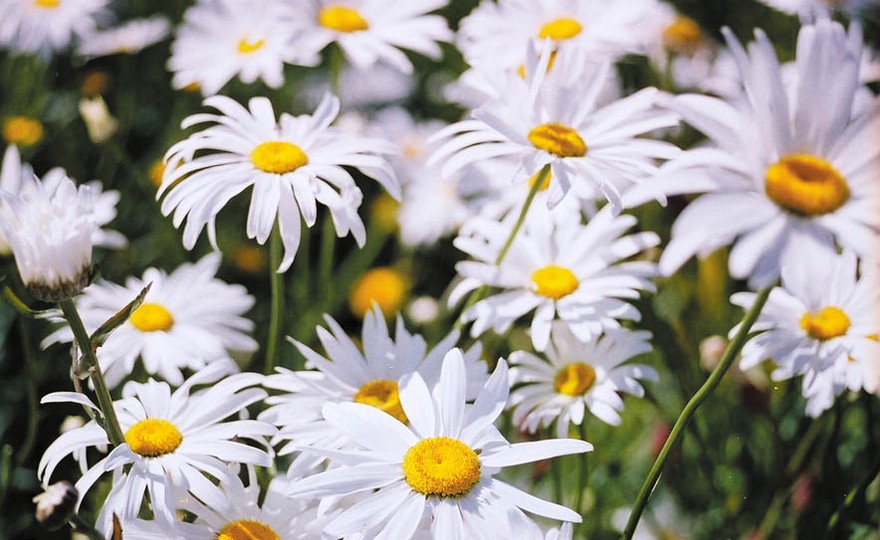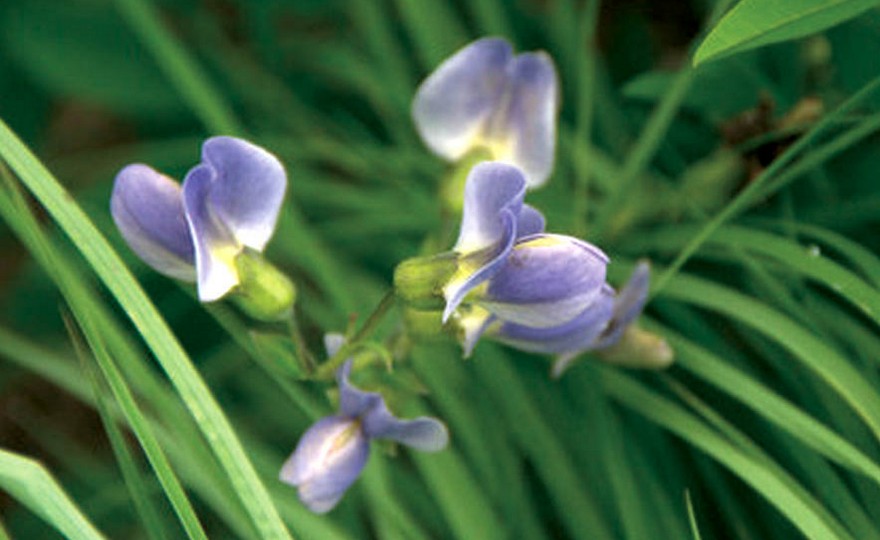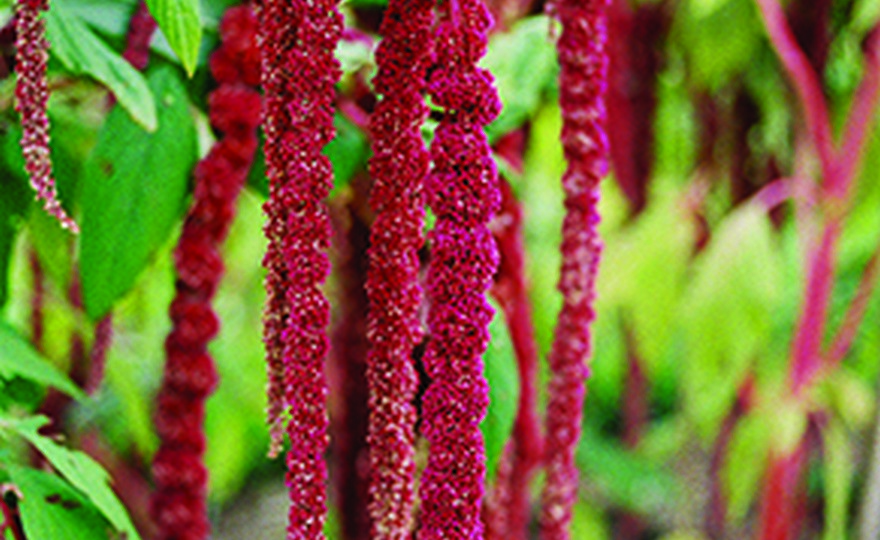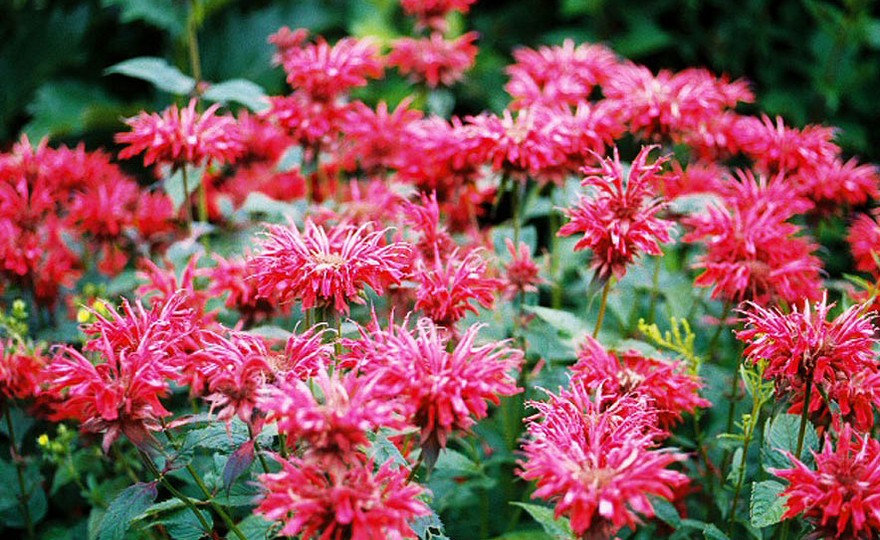
Daisy, Shasta Alaska
-
- **SOLD OUT** HOLIDAY GIFTS **SOLD OUT**
- **SOLD OUT** Holiday Books **SOLD OUT**
- **SOLD OUT** Holiday Citrus **SOLD OUT**
- **SOLD OUT** Holiday Gift Certificates **SOLD OUT**
- **SOLD OUT** Holiday Paperwhites **SOLD OUT**
- **SOLD OUT** Holiday Praying Mantis Kits **SOLD OUT**
- **SOLD OUT** Holiday Tools **SOLD OUT**
- **SOLD OUT** Holiday Wildflower Mixtures **SOLD OUT**
- Citrus Trees
- **SOLD OUT** - Vegetable and Herb Plants - Mix & Match any 6 Plants for $50 - Only Shipped in Quantities of 6
- Elephant Ear Plants & Roots
- **SOLD OUT** 4-Inch Pot Herb Plants **SOLD OUT**
- Rare Plants
- **SOLD OUT** Vining Plants **SOLD OUT**
- Asian Seeds
- Beneficial Bugs
- Books
- Citrus Fertilizers
- Cold-Treated Bulbs - SEE BULBS FOR FALL PLANTING TO ORDER
- Cold-Treated Allium
- Cold-Treated Chionodoxa
- Cold-Treated Crocus
- Cold-Treated Hyacinthoides
- Cold-Treated Hyacinthus Orientalis
- Cold-Treated Narcissus
- Cold-Treated Cyclamineus Narcissus
- Cold-Treated Double Heirloom Narcissus
- Cold-Treated Jonquilla Narcissus
- Cold-Treated Large Cupped Narcissus
- Cold-Treated Poeticus Narcissus
- Cold-Treated Small Cupped Narcissus
- Cold-Treated Species Miniature Narcissus
- Cold-Treated Split Cupped Narcissus
- Cold-Treated Tazetta Narcissus
- Cold-Treated Triandus Narcissus
- Cold-Treated Trumpet Daffodils
- Cold-Treated Ornithogalum
- Cold-Treated Rock Garden Iris
- Cold-Treated Scilla
- Cold-Treated Tulips
- Cold-Treated Emperor Tulips
- Cold-Treated Fringed Tulips
- Cold-Treated Green or Viridiflora Tulips
- Cold-Treated Lily Flowering Tulips
- Cold-Treated Parrot Tulips
- Cold-Treated Peony Flowering Tulips
- Cold-Treated Single Early Tulips
- Cold-Treated Single Late Tulips
- Cold-Treated Species Tulips
- Cold-Treated Triumph Tulips
- Flower Bulbs, Corms and Tubers
- Bulbs for Spring Planting
- Bulbs for Fall Planting - ALL BULBS AVAILABLE ARE COLD TREATED FOR PLANTING AS SOON AS SOIL CAN BE WORKED
- Fall Blooming Bulbs
- Garden Tools & Equipment
- Gift Certificates
- HHH Exclusive Wildflower Mixtures
- Wildflower Mixtures
- Heirloom Garlic
- Potatoes
- Roots & Sets
- Seeds
- Flowers
- Herbs
- Vegetables
- **SOLD OUT** HOLIDAY GIFTS **SOLD OUT**
-
- No products to compare
-
74 in stock
Quick Overview
Daisy, Shasta Alaska
Shasta Daisy Alaska seed should be broadcasted after the danger of frost has passed. Plants need full sun or partial shade and rich soil that is moist, but not consistently wet. Plants will begin blooming in July and continue into September. The Shasta Daisy is a clumping perennial that spreads through rhizomes and prolific reseeding.
| Type | Spacing | Planting Depth | Days to Germination | Blossoms |
| Perennial | 6 in. | 1/2 in. | 10-14 | 30-45 |

Daisy, Shasta Alaska
The Shasta Daisy Alaska is a legendary American garden flower. It was the first garden flower bred for specific characteristics by America’s foremost plant breeder, Luther Burbank. Growing up in Massachusetts in the late 1800’s, Burbank loved the bright little faces of the invasive weed known as the Oxeye Daisy. He loved the whiteness of the petals, the brightness of their yellow “eyes” and the fact that they grew everywhere. His admiration was not shared by the local farmers who fought to control the weed throughout their growing seasons. In 1884, Burbank bought a farm near Santa Rosa, California and began breeding programs with several flowers and vegetables, but one of the most important was a breeding program he designed to create the perfect daisy with the following 4 characteristics: 1. Large, dazzlingly white flowers; 2. Smooth stems; 3. Long lasting blossoms; 4. Early and prolonged blooming period. He began by growing seeds from the Oxeye Daisies (Leucanthemum vulgare) he had collected in Massachusetts. For several seasons he selected only the largest, whitest, earliest and sturdiest plants. Then he crossed his specially selected Leucanthemum vulgare with the English Field Daisy (Leucanthemum maximum) by dusting the flowers of his daisies with pollen from the English Field Daisies. The English Field Daisies had large flowers which lacked the whiteness and vigor Burbank was looking for. The plants that he got from this crossing flowered in the first season instead of waiting for a second season, bloomed earlier in the season and the blooms were larger and more abundant. Still not satisfied, Burbank crossed his new daisies with the Portugal Field Daisy (Leucanthemum lacustre) using the same technique. For 6 years, from among more than 500,000 blossoms, he selected only the highest quality specimens from which to collect seeds. By the end of the 6 years, he had perfected his daisy with the exception of one characteristic: his daisies were not dazzlingly white. So, he crossed his daisies with the dazzlingly white, but small flowered Japanese Field Daisy (Nipponanthemum nipponicum) and after two seasons Burbank had his daisy – an entirely new botanical species he named Leucanthemum superbum – and it was and still is superb! In total it took 15 years to develop Burbank’s perfect daisy which he named the Shasta Daisy after the glowing white, northern California mountain, Mount Shasta. Burbank introduced the species in 1901 and in 1904 he announced the first named varieties: Alaska, California and Westralia. Today the Shasta Daisy Alaska is the oldest hybridized American garden flower in existence.







